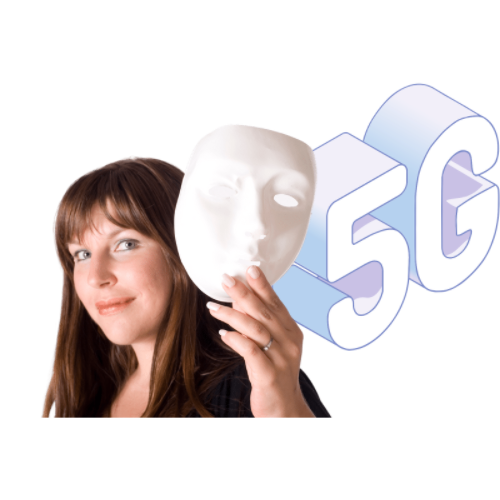
Like other cable MVNOs, more competitive data plans were released to customers last year. Comcast’s service was included, however, their Xfinity Mobile was recently challenged by T-Mobile for certain ad claims about “unlimited 5G.”
T-Mobile went to the National Advertising Division (NAD), who then recommended Comcast stop advertising plans as “unlimited 5G” and using messages that it has the “best price” for 5G plans.
Specifically, NAD determined that Comcast shouldn’t use the term “unlimited 5G” because speeds are reduced to 3G after users reach a 20GB data threshold. They also noted that speed reductions contradicted the specific “unlimited 5G” message to consumers. This means it couldn’t be fixed by disclosing this in the fine print of their ad as they sometimes do.
In regards to cable MVNOs, analysts at MoffettNathanson took note Charter and Comcast’s throttled speeds, both of which run off of the Verizon network.
“After 20 GBs, Comcast’s Xfinity Mobile service is actually throttled, to a maximum download speed of 1.5 Mbps,” wrote analyst Craig Moffett in a December 8 research note to investors. In comparison, Charter’s Spectrum Mobile service is also throttled for unlimited plan subscribers after 20GB, but drops to 600 kbps maximum downloads. “This is obviously a much more aggressive limitation than a simple de-prioritization,” the firm continued.
Back to the advertising, a number of Comcast’s “best price” claims were also challenged by T-Mobile and didn’t pass inspection from NAD. They refer to Xfinity Mobile’s unlimited family plans that cost $30 per month, per line with four lines. NAD said ads (like get the best price for “unlimited 5G” and “Switch to Xfinity Mobile and get the best price for Unlimited”) conveyed an unfounded message that Xfinity Mobile plans were cheaper than competitors’ four-line plans on the market at the time – specifically noting a T-Mobile promo offer for $25 per line on its Essential plans.
That said, NAD acknowledged Comcast’s ads could use adjustments in the future that clarifies its pricing is the best when compared to other non-promotional rates.
Comcast, in an advertiser’s statement, said it would follow NAD’s recommendations and also “agrees that an appropriate disclosure can make clear to consumers the basis of comparison (including comparisons which exclude temporary promotional pricing) and will comply with NAD’s recommendation in future advertising.”



